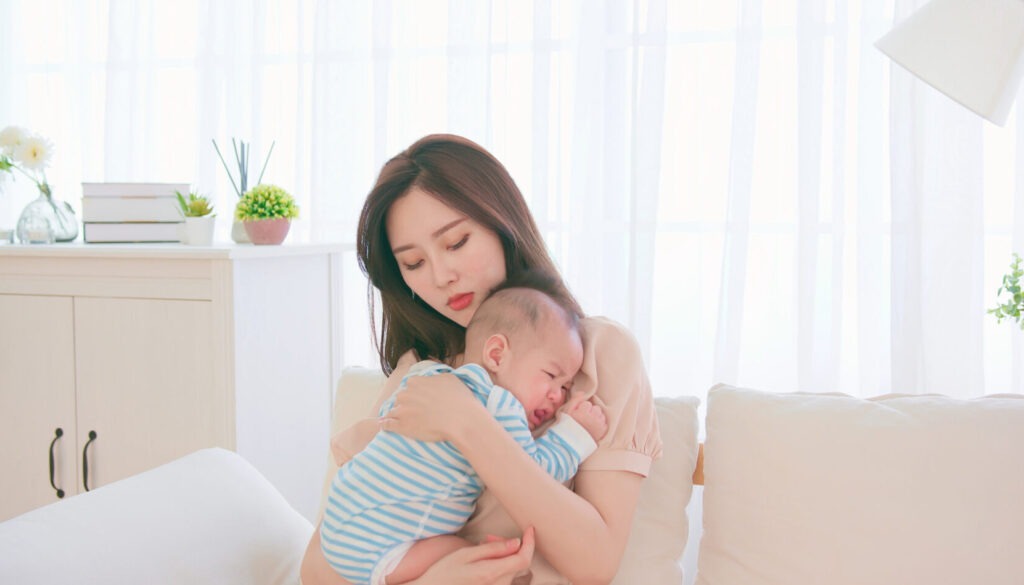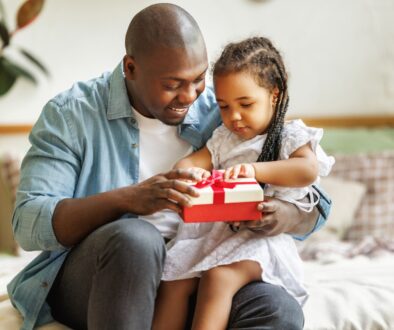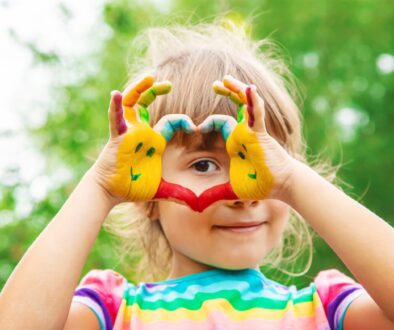What Is Co-Regulation and Why It Matters

If you’ve ever held your crying toddler and felt them slowly relax in your arms, you’ve already practiced co-regulation even if you didn’t know the term.
What Is Co-Regulation?
Co-regulation is the process of helping a child manage their emotions by offering calm, steady support. Before young children can regulate their feelings on their own, they rely on a trusted adult to help them feel safe, soothed, and understood.
Think of it as training wheels for emotional development. Just like children need help learning to walk or talk, they also need help learning how to calm down when they’re overwhelmed.
Co-regulation is essential in early childhood because:
- It builds brain pathways for self-control and emotional awareness.
- It helps children feel safe and connected, which is key for learning.
It teaches children that all feelings are okay, and they don’t have to handle big emotions alone.
Children who experience consistent co-regulation are more likely to:
- Develop stronger emotional regulation skills
- Show greater empathy
- Form secure attachments
How to Co-Regulate With Your Child
You don’t need to be perfect, just present and supportive. Try:
- Staying calm even when your child isn’t
- Using soft tones and gentle touch
- Naming the emotion: “You’re feeling frustrated because it’s hard to wait.”
- Offering comfort: “I’m here. Let’s take some deep breaths together.”
Co-regulation isn’t about fixing emotions or stopping meltdowns, it’s about being with your child as they move through them. Over time, this shared calm helps children learn how to manage emotions on their own.





